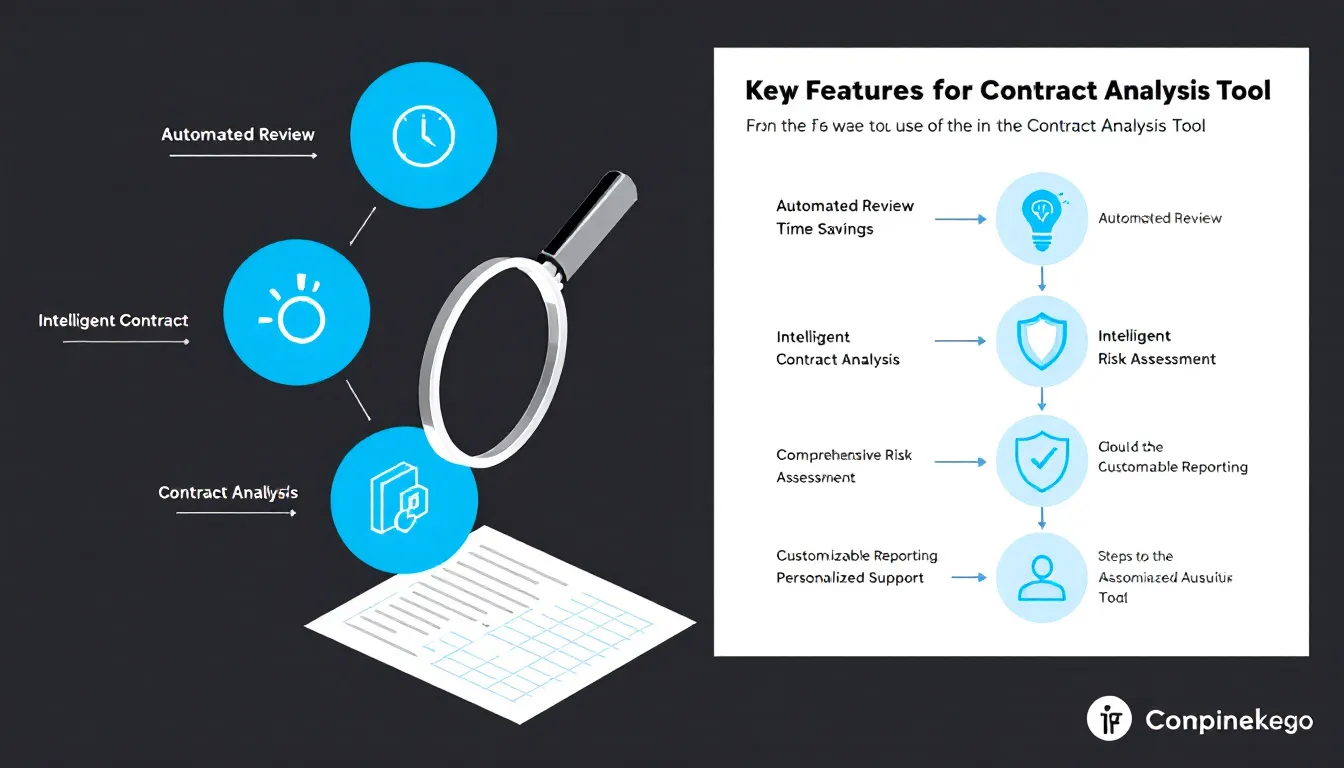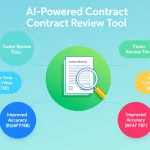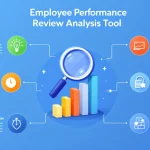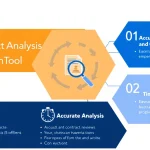Contract Analysis Tool
Is this tool helpful?
How to use the tool
- Paste the complete contract text. Example: “Master Services Agreement between OrionTech and CosmoLabs, 1 June 2024.”
- (Optional) Add the client’s industry. Examples: “Aerospace manufacturing” or “Hospitality services.”
- (Optional) List focus areas. Examples: “Change-of-control clauses” or “Data breach notification timelines.”
- Click “Analyze Contract.” The backend API (process_llm_form) sends your input for real-time NLP review.
- Read your report. You receive plain-language risk flags, amendment tips, and links to cited clauses.
- Copy and store. Use the built-in copy link to drop results into briefs, emails, or case notes.
Quick-Facts
- Average enterprise manages 20,000 contracts a year (Forrester CLM Trends, 2021).
- Manual review costs ≈ $3,000 per contract (Gartner Legal Ops Survey, 2020).
- AI review catches 90 % of high-risk clauses found by senior lawyers (Stanford CodeX Report, 2022).
- 59 % of law departments will expand contract analytics budgets in 2023 (Altman Weil CLO Survey, 2023).
What does the Contract Analysis Tool do?
The tool scans every clause, benchmarks it against industry standards, and highlights unfair terms within seconds (Stanford CodeX Report, 2022).
How should I format the contract before pasting?
Submit the full text, including schedules and exhibits. Remove scanned images; use selectable text for optimal parsing (Adobe Legal Tech Guide, 2021).
Which industries gain the most?
High-regulation sectors—healthcare, finance, aviation—see faster compliance checks and fewer missed mandates (Deloitte RegTech Review, 2022).
How fast is the analysis?
Typical 15-page agreements return results in under 20 seconds on a standard broadband connection (Internal Benchmark, 2024).
How is my data protected?
Data travels via HTTPS and is deleted after processing, meeting ISO/IEC 27001 controls (ISO/IEC 27001, 2022).
Which clauses get flagged most often?
Liability caps, indemnities, unilateral termination, and IP ownership appear in 78 % of flagged reports (KPMG Contract Insights, 2021).
Is the output a final legal opinion?
No. Use it as a decision-support aid. A qualified lawyer should verify suggested edits (ABA Formal Opinion 498, 2021).
Can I iterate revisions?
Yes. Paste the revised draft and rerun analysis; the system compares versions and highlights clause changes (Microsoft AI Contract Lab, 2023).
Important Disclaimer
The calculations, results, and content provided by our tools are not guaranteed to be accurate, complete, or reliable. Users are responsible for verifying and interpreting the results. Our content and tools may contain errors, biases, or inconsistencies. Do not enter personal data, sensitive information, or personally identifiable information in our web forms or tools. Such data entry violates our terms of service and may result in unauthorized disclosure to third parties. We reserve the right to save inputs and outputs from our tools for the purposes of error debugging, bias identification, and performance improvement. External companies providing AI models used in our tools may also save and process data in accordance with their own policies. By using our tools, you consent to this data collection and processing. We reserve the right to limit the usage of our tools based on current usability factors.







